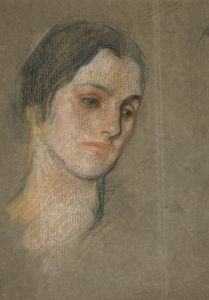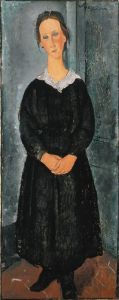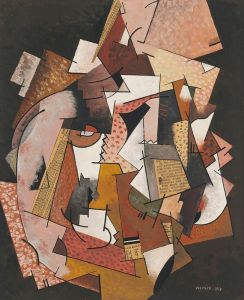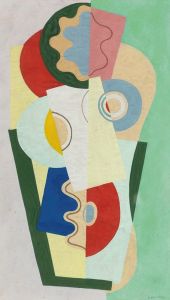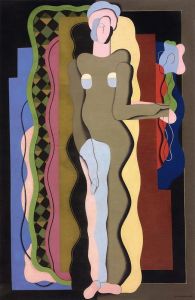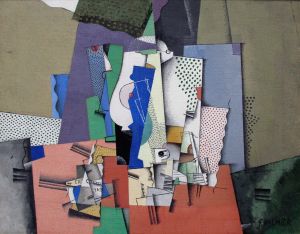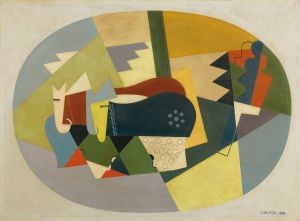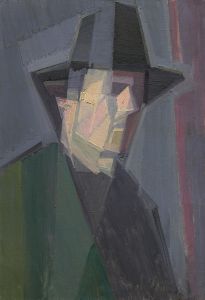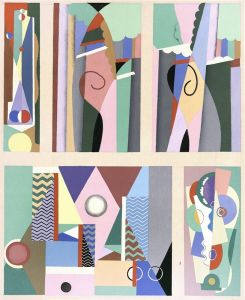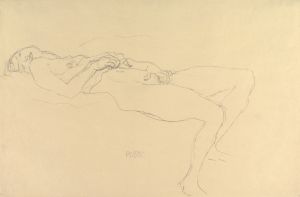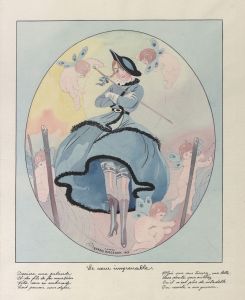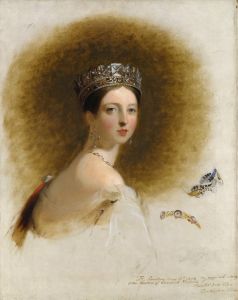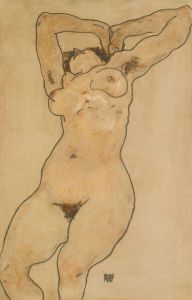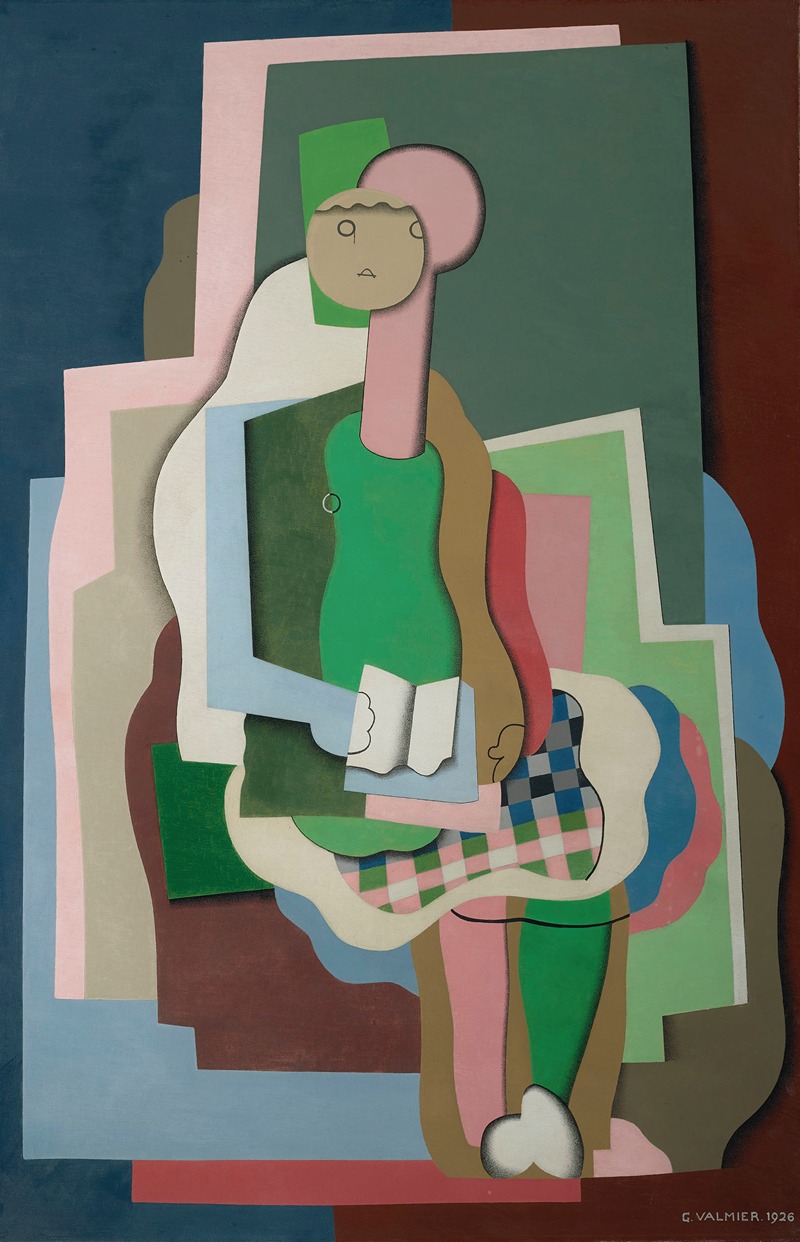
Jeune fille assise
A hand-painted replica of Georges Valmier’s masterpiece Jeune fille assise, meticulously crafted by professional artists to capture the true essence of the original. Each piece is created with museum-quality canvas and rare mineral pigments, carefully painted by experienced artists with delicate brushstrokes and rich, layered colors to perfectly recreate the texture of the original artwork. Unlike machine-printed reproductions, this hand-painted version brings the painting to life, infused with the artist’s emotions and skill in every stroke. Whether for personal collection or home decoration, it instantly elevates the artistic atmosphere of any space.
Georges Valmier, a notable figure in the early 20th-century art scene, is recognized for his contributions to the Cubist movement. One of his works, "Jeune fille assise" (translated as "Seated Young Girl"), exemplifies his distinctive approach to Cubism, characterized by vibrant colors and geometric forms.
Valmier was born in Angoulême, France, in 1885 and later moved to Paris, where he became involved with the avant-garde art community. He studied at the École des Beaux-Arts and was influenced by the works of Paul Cézanne and the burgeoning Cubist movement led by artists such as Pablo Picasso and Georges Braque. Valmier's work is noted for its synthesis of Cubist principles with a unique use of color and abstraction.
"Jeune fille assise" is a testament to Valmier's mature style, which often incorporated elements of both Cubism and Orphism. Orphism, an offshoot of Cubism, emphasized the lyrical use of color and was championed by artists like Robert and Sonia Delaunay. Valmier's paintings frequently exhibit a harmonious blend of these movements, showcasing his ability to balance structure with vibrant hues.
In "Jeune fille assise," Valmier employs a palette of bold colors, a hallmark of his work, to depict the subject. The painting features a young girl seated, rendered through a series of geometric shapes and planes. This abstraction allows Valmier to explore the interplay between form and color, a central theme in his oeuvre. The composition is carefully structured, with each element contributing to the overall balance and rhythm of the piece.
Valmier's approach to color was innovative; he often used it not just to define forms but to evoke emotion and movement. In "Jeune fille assise," the juxtaposition of colors creates a dynamic visual experience, inviting viewers to engage with the painting on both an intellectual and sensory level. This technique reflects the influence of Orphism, where color is liberated from its descriptive role and becomes an independent element of the composition.
Throughout his career, Valmier remained committed to exploring the possibilities of abstraction. His work, including "Jeune fille assise," is characterized by a sense of harmony and balance, achieved through the careful orchestration of color and form. Valmier's paintings are often seen as a bridge between the analytical approach of early Cubism and the more expressive tendencies of later abstract movements.
Georges Valmier passed away in 1937, but his legacy endures through his contributions to modern art. His works, including "Jeune fille assise," continue to be celebrated for their innovative use of color and form, reflecting the dynamic and evolving nature of early 20th-century art. Valmier's ability to synthesize different artistic influences into a cohesive and personal style marks him as a significant figure in the history of modern art.





